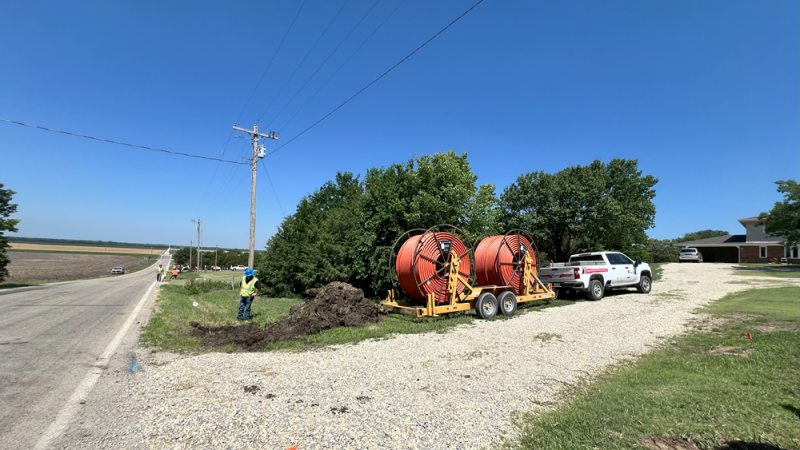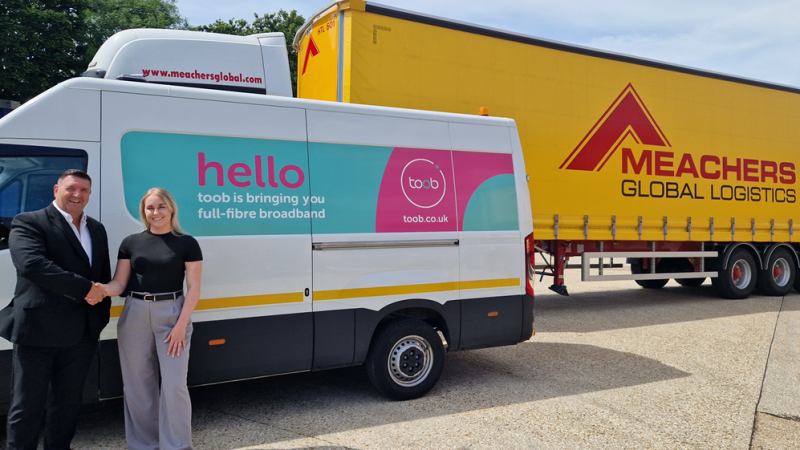Complying with Making Tax Digital (MTD) rules is essential for business owners and self-employed individuals in the UK.
Not only is MTD becoming a mandatory part of the UK’s tax system, but it’s also hugely helpful for all kinds of businesses due to its simplification of tax reporting. Here’s all you need to know about Making Tax Digital.
What Is Making Tax Digital?
Making Tax Digital is a UK government initiative that aims to make it easier for individuals and businesses to keep up with their tax affairs through digitisation. This will apply to VAT, Income Tax Self-Assessment and Corporation Tax.
To comply with MTD rules, individuals and businesses will be required to keep digital records of their finances and use compatible software to submit tax returns to HMRC. If you’re currently using spreadsheets, you will need to switch to MTD-compatible software or use bridging software to connect to HMRC’s systems and transfer information.
Through digitisation, it is hoped that businesses and individuals will find it easier to get their tax right and complete accounting tasks more efficiently. Reducing tax reporting errors will help to make HMRC one of the most accurate and advanced tax administrations in the world.
MTD-Compatible Software
MTD-compatible software refers to cloud-based accounting software that can connect to HMRC’s systems and transfer information. With this software, you can keep digital records of your finances, store receipts, generate invoices, get help with calculating taxes and submit your tax returns and VAT returns to HMRC. If you’re looking for MTD-compatible software, the GOV.UK website has lists of software packages that are suitable for MTD for VAT and MTD for Income Tax.
Making Tax Digital for VAT
The first phase of Making Tax Digital for VAT was introduced in April 2019. From this date, all VAT-registered businesses with a taxable turnover above £85,000 had to start keeping digital financial records and using MTD-compatible software to submit VAT returns to HMRC.
In July 2020, it was announced that the second phase of MTD for VAT would be introduced from April 2022. Now, all VAT-registered businesses, including those with an annual taxable turnover below the £85,000 threshold, must comply with MTD for VAT rules and submit their VAT returns digitally.
Even before these deadlines, many businesses signed up to MTD for VAT early due to its benefits. In fact, around a third of VAT-registered businesses with a taxable turnover below £85,000 signed up to MTD for VAT before the April 2022 deadline following the initial success of the initiative. Business owners have stated that MTD-compatible software and digital records have made their bookkeeping more accurate and efficient.
Making Tax Digital for Income Tax Self-Assessment
Following the successful implementation of MTD for VAT, Making Tax Digital for Income Tax Self-Assessment (MTD for ITSA) will be the next part of MTD legislation.
Currently, self-employed people in the UK pay income tax by filling out a Self-Assessment tax return after each tax year and paying the balance before the deadline. MTD for ITSA will replace Self-Assessment and bring the requirements for income tax in line with the new MTD rules for VAT.
Under MTD for ITSA, individuals who currently use Self-Assessment and are subject to income tax will have to use MTD-compatible software to keep digital financial records and file quarterly returns to HMRC with details of their income and expenditure. To replace the annual Self-Assessment tax return, they will have to submit a final end-of-period statement after the tax year to confirm their quarterly returns and make any relevant amendments.
These rules will come into effect from April 2024. Initially, MTD for ITSA will only apply to sole traders and landlords with a gross annual income of over £10,000. From April 2025, general partnerships with an annual income above £10,000 will also be included. All other types of partnerships will be included at a later date that has not yet been confirmed.
When considering if you’re over the £10,000 threshold, you need to take business income and property income into account. Therefore, if you have an annual income of £8,000 from rental properties and £5,000 from a sole trader business, you would add these totals together and see that you’ve gone over the MTD threshold. The same applies to those who have multiple sole trader businesses.
Making Tax Digital for Corporation Tax
The earliest possible date for the introduction of Making Tax Digital for Corporation Tax (MTD for CT) will be April 2026. Since this date is further in the future, the details for MTD for CT are not completely clear yet, but as suggested by previous MTD phases, it’s likely that businesses will need to switch to MTD-compatible software to submit tax returns and use digital record-keeping to reduce administrative errors. Pilots will take place in 2024 to test out this next phase of MTD legislation.
What Happens if You Don’t Sign Up for Making Tax Digital?
Failing to sign up for Making Tax Digital with HMRC before the relevant deadlines could result in penalties. For example, HMRC has imposed penalties of up to £400 for every VAT return not submitted through MTD-compatible software, and between £5 and £15 per day for not keeping digital financial records in this software. This is why it’s crucial to sign up for MTD on time.
Signing up for MTD early can help you avoid penalties and get used to MTD rules before the actual deadline. In addition, many business owners have found that MTD helps them keep on top of their finances and reduce errors with their tax returns, so signing up early can help you take advantage of these benefits as soon as possible.
Making Tax Digital Exemptions
If you think you’ll be unable to follow MTD rules, you may be able to apply for an exemption in certain circumstances. For example, you could apply for a ‘digital exclusion’ exemption if you cannot use digital tools to submit tax returns or keep digital records due to your age, location, disability or religious beliefs. You may be automatically exempt if you or your business are subject to an insolvency procedure. These applications will be dealt with on a case-by-case basis.
Final Thoughts: MTD-Compatible Software
Making Tax Digital has the potential to revolutionise tax administration in the UK and make it easier for individuals and businesses to file accurate tax returns. To get ready for Making Tax Digital, check out the lists of compatible software for MTD for VAT and MTD for ITSA on the GOV.UK website to discover a solution that works for you and your business.







